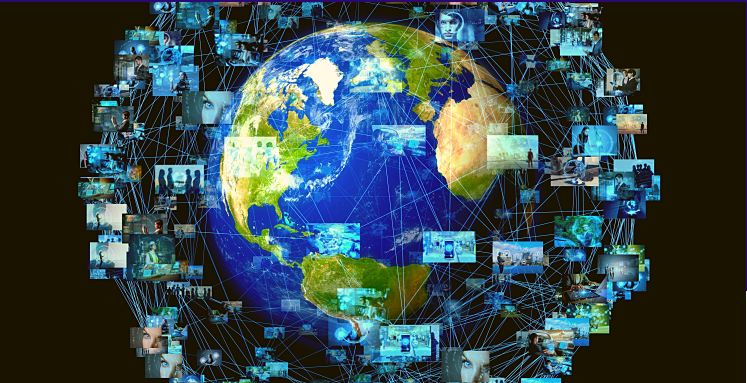WEB3 – NFTs aND FIAT CURRENCY DEFINED
This is part two of a two part series. Part two offers related currency and token definitions and how this bundles into the future – the next big thing. Part one discussed the chronology. Both articles are designed to present, in simplified terms, an examination of the evolution of the internet from 1990 – present day.

As discussed in Part One of this series, Web3 is a new iteration of the internet, based on a decentralized ledger [blockchain] – which no one owns.
In the new Web3 world YOU control and own your online identity.
Your personal information is no longer collected then monetized only by mega-corporations such as Google, Amazon or through use of “cookies”.
Impact on FINANCE
Asset transfers are direct, from wallet to wallet, not processed through a bank, or PayPal, or any other channel – transfers go directly to YOU, the owner. This is the beauty of the unowned, unchangeable blockchain that records all transactions into perpetuity.
Finance on the blockchain is called DeFi or Decentralized Finance.
Additionally, Web3 has brought to the fore a new global financial sector, separate from banks, the Federal Reserve and every other financial institution.
FIRST, let’s define Fungible and Non-Fungible
The main difference between fungible assets and non-fungible assets is in the content they store.
- Fungible tokens like Bitcoin, store value
- Non-fungible tokens store data, such as an academic title or a work of art
A Non-Fungible Token or NFT is a unique digital identifier that cannot be copied, substituted, or subdivided. It is recorded in a blockchain and is used to certify authenticity and ownership of a specific digital asset and any specific rights relating to it. NFTs are a subset of the wider world of Web3.
NFTs can take the form of collections of digital art. You can even create and sell event tickets as NFTs. NFTs can digitally represent any asset, including online-only assets like digital artwork and real assets such as real estate.
Some Other Examples of Non-Fungible Tokens
Other examples of the assets that NFTs can represent include in-game items like avatars, digital and non-digital collectibles and domain names.
- Personal Profile Pictures, or PFPs
- Digital Art – artists can make a living by selling their art as NFTs
- Memberships sold as subscriptions can be sold as NFTs. Buy the NFT and you’ll become a member for life.
- Gaming – “play to earn” video games where you can actually make money by playing!
- Fundraising – where buying an NFT supports a project
NFTs are an important development moving towards an increasingly digital economy and the embracing of decentralization.
What is Fiat Currency?
The next term to be defined for a greater WEB3/NFT understanding is – Fiat Currency.
Fiat money is a government-issued currency that is not backed by a physical commodity, such as gold or silver. It is backed by the government that issued it.
The US Dollar and the Euro are examples of fiat currencies.
You will soon be able to buy and sell NFTs using fiat currency. NFT platforms are planning on expanding fiat payment options.
BattlePlan Virtual’s objective with this 2 part series is to simplify and clarify current developments in internet evolution and finance. Please let us know if we have met the goal of increasing your understanding. We would love to hear from you.
If you are interested in digital content strategy or copywriting HELP, Contact Keywanda Battle at:
